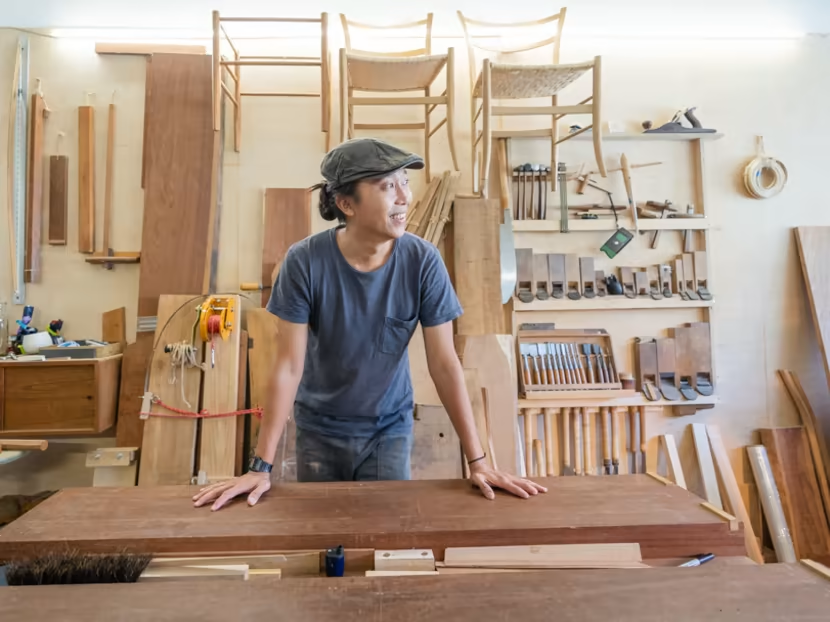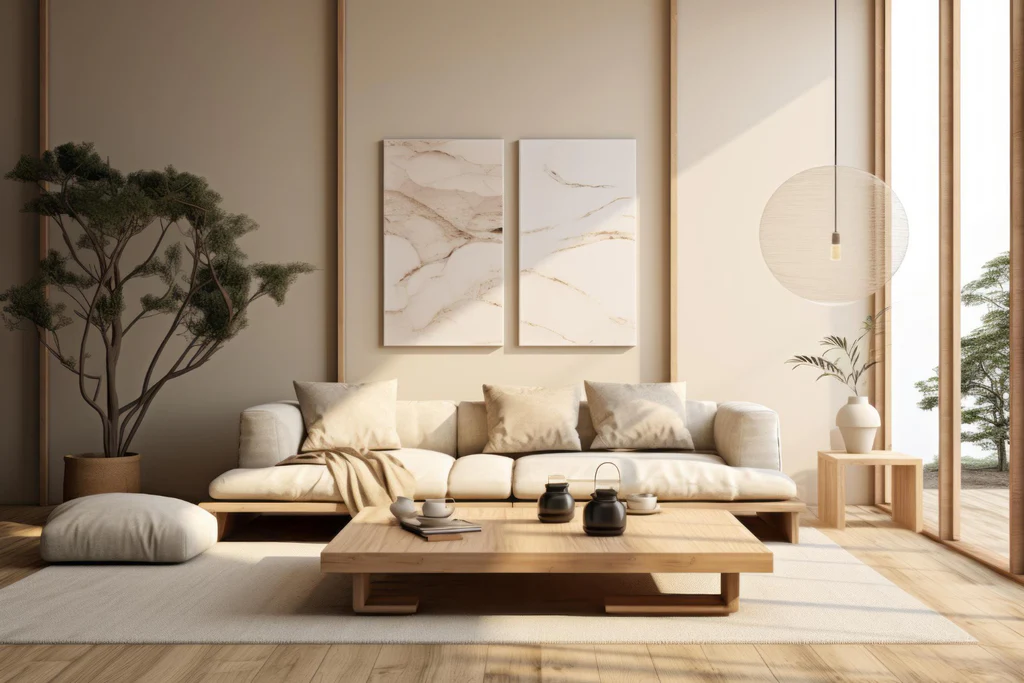Minimalist furniture in Japan is more than a design trend — it’s a lifestyle deeply rooted in culture and philosophy. Guided by principles of simplicity, balance, and harmony, Japanese interiors embody calm, functionality, and quiet beauty. In this article, we explore how minimalism became central to Japanese design and how you can bring the same peace into your home.
1. The Philosophy of “Less is More”
Japanese minimalism embraces the philosophy of “Ma” — the beauty found in empty space. Every piece of furniture is carefully chosen to create balance and flow within the room. Instead of filling a space with objects, the Japanese focus on purposeful design and emotional calm.
This mindset later inspired global design movements such as Wood vs. Metal Furniture and Eco-Friendly Furniture — both blending sustainability and mindful aesthetics.

2. The Historical Roots of Minimalist Design
Japanese minimalist furniture draws its roots from Zen Buddhism, which teaches peace through simplicity. In traditional homes, the furniture was sparse but functional — tatami mats, shoji doors, and low wooden tables symbolized modesty and mindfulness. The modern evolution of this style preserves these values while embracing contemporary comfort.
3. Key Features of Japanese Minimalist Furniture
- Natural Materials: Woods like hinoki, cedar, and bamboo reflect warmth and texture.
- Neutral Colors: Beige, ivory, and soft greys keep interiors calm and timeless.
- Low Profiles: Furniture close to the floor promotes comfort and grounding.
- Clean Lines: Simple silhouettes highlight craftsmanship over decoration.
4. Modern Adaptations in Japanese Homes
With Japan’s limited living spaces, designers have perfected multifunctional furniture — storage beds, foldable tables, and wall-mounted shelves that save space while maintaining elegance. If you live in a compact apartment, explore our article 5 Smart Furniture Ideas for Small Apartments for inspiration on maximizing functionality without sacrificing style.
5. The Influence of Wabi-Sabi
Another key idea is Wabi-Sabi — the appreciation of imperfection. Scratches, fading, and natural textures are celebrated as part of life’s beauty. This philosophy has inspired global trends such as DIY Furniture Hacks, where small imperfections make your space uniquely yours.

6. Sustainability and Craftsmanship
Japanese furniture is built to last — every joint, texture, and finish is created with respect for the material. This emphasis on longevity naturally aligns with eco-friendly values. Learn how sustainability and style go hand in hand in our related post Eco-Friendly Furniture: Style That’s Good for the Planet.
7. Blending Minimalism with Comfort
Minimalism doesn’t mean empty rooms. Warm lighting, soft fabrics, and plants bring life to neutral spaces. A simple, elegant sofa can be the centerpiece — read How to Choose the Perfect Sofa to find one that complements your minimalist design.

8. Bringing Japanese Minimalism into Your Home
- Start by decluttering — keep only what adds purpose or joy.
- Choose furniture with natural finishes and clean shapes.
- Mix warm textures like linen or jute to soften hard lines.
- Use neutral colors with one calming accent tone.
- Invest in durable, timeless pieces over fast furniture.
“Minimalism is not about having less — it’s about making room for more meaning.”
9. Conclusion
The rise of minimalist furniture in Japan shows the world that beauty doesn’t depend on abundance. It’s about harmony, purpose, and serenity. Whether you live in a Tokyo apartment or a suburban home, Japanese minimalism can bring balance and peace to your everyday life. Explore more ideas and inspiration in our blogs — from DIY Furniture Hacks to Wood vs. Metal Furniture.
